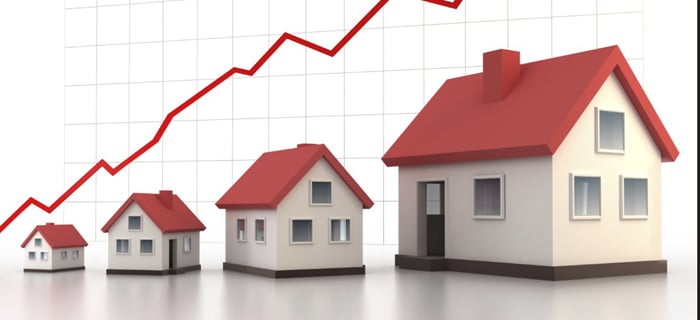Yale University finance professor and Nobel laureate Robert Shiller has been charting investor confidence in the stock markets for decades. His current data (August 2020) is at a new high for confidence that the markets are on the verge of a major crash. I wonder why?

It’s probably the combination of all the abnormal things going on in the economy that’s leaving massive uncertainty in place of the stability that most investors want.
Can any of us figure out what will happen in the near future? A woman in Utah puts it this way, “We’re living in a world we no longer fit in. We did everything right. We went to college, we got jobs, we tried to give back to our community, and now our community is not giving back to us. And I’m very scared.”
It’s not all good or bad news, but under the surface there is more information that investors should be aware of as they try to map a path towards 2021.
The picture of home prices isn’t what you might expect at first glance. Affordability remains a big hurdle to buyers with a moderate income. These people are not pulling a rabbit out of their hat to paying steeply higher prices. Currently, much of the price increases are happening at the higher end of the market and are propelled by wealthier people. Fewer, but a substantial number of sales at these much higher prices are skewing the national median price upward. Inventory of affordable homes remains very low (about a 2.8 month supply, 6 months is healthy). If unemployment doesn’t kill the affordable homebuyer market in 2021, the demand will continue driving prices up but never beyond the mortgages that people can qualify for.
Landlords are having a tough time with no relief in sight. Many have been offering payment plans based on affordability but see little effort by tenants to pay. Some landlords say that tenants began making payments when old moratoriums expired but again stopped paying when the CDC issued the most recent national moratorium that goes through the end of December. The longer these moratoriums continue, the less likely it is that tenants will be able to make up back rents. Still, demand for rentals remains high and if nonpaying tenants do vacate, the vacancies will almost certainly be filled quickly. That’s a ray of hope for landlords that can hang on until then. Today, landlords can begin the eviction process but can’t remove tenants until January. January is when there could be a tsunami of rental vacancies.
If tenants aren’t paying rent but do have income, could it be they are saving a down payment to purchase a house in 2021? There are indications that the demand for housing is primarily being driven by affluent professionals who can work remotely. This is another reason to expect prices to continue the upward trajectory in 2021.
Unemployment might be the scariest fact of all. As it is today, one federal program paying benefits to gig workers and others (including the self-employed, freelancers, contractors, and part-time workers) is set to lapse after December. So is another program that is paying extra relief to workers who’ve exhausted their standard state benefit. The two programs account for about 13.5 million people. That is more than half of the roughly 23 million people receiving unemployment benefits (according to Labor Department). Many economists believe an enormous number of people will fall off the unemployment benefit cliff at the end of 2020. Additionally, layoffs that were previously once thought to be temporary are becoming permanent. The Bureau of Labor Statistics reports there are about two unemployed workers for every job opening. The big picture for unemployment looks very bleak.
There can be many interpretations for the overall economic data but every forecast or interpretation has to come with a large dose of uncertainty.
Please comment with your thoughts and insights.
Our weekly Ask Brian column welcomes questions from readers of all experience levels with residential real estate. Please email your questions, inquiries, or article ideas to [email protected].